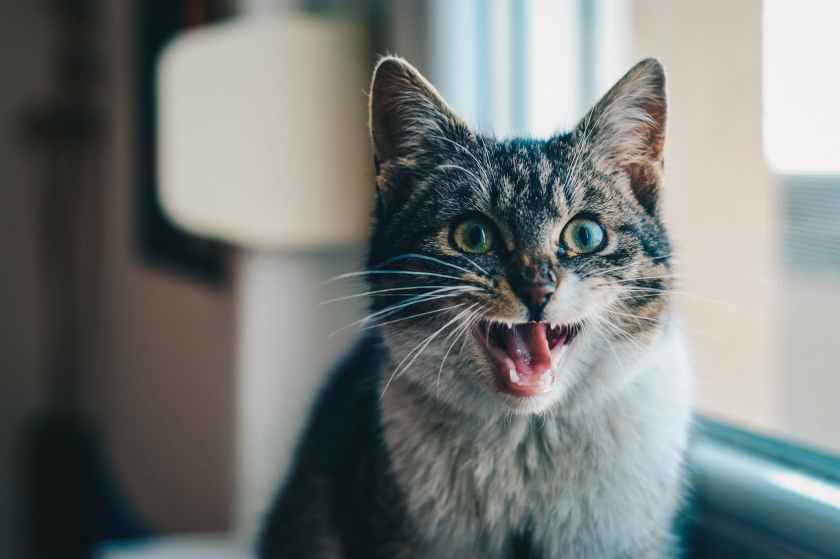-

Me, with a new idea. Photo by Pixabay on Pexels.com
Ah, there’s nothing like being infatuated with a new story idea.
I’m over-the-moon excited when a fresh tale is brewing in my mind, because this one will be the best ever! I’m prone to rush headlong into my manuscript, hitting the juicy highlights of the narrative. But the devil is in the details…
The Problem of Weak Writing
“Details.” That’s what my literature professor said I lacked when I (tearfully) asked her why I couldn’t earn more than a B on my papers. What I thought were precise essays were actually vague. And boring.
The fix? Brainstorming. For the next essay, I chose my topic, then I made a list of all the relevant ideas I could think of before I sat down to write. The result? An A.
Details — especially those involving the senses — breathe life into a story and cast a spell of verisimilitude that pulls in the reader: The hour-glass birthmark on your antagonist’s forehead. The leaning tower of books in the den and the frayed fabric on the easy chair. The way your protagonist’s mouth quivers before she answers her opponent.
Without them, characters are lackluster, rooms are empty, and plot holes abound.
How can you imagine all those necessary details?
Draw from everyday experiences.
Even mundane items — small things — can lead to big developments. For example, simple clues — a ladybug tattoo, a missing key, a white pill — may identify the murderer in a who-done-it.
I like to carry a notepad in my pocket as I go through my day and jot down my observations, or record them in a voice memo on my phone.
Here are a few little details I noted while doing my morning chores. I may use them in my new masterpiece novella:
- Outside my kitchen window, the yellow faces of sunflowers swayed in the wind.
- Bacon popped in the microwave, and the aroma filled the room.
- I accidentally hit the lever on the mixer while it was in the up position. The paddle spun at high speed and slung muffin batter all over the kitchen — and me.
- Upside-down bats lined the wooden frame over the barn door.
I might use the mixer episode in a humorous scene as my protagonist tries to impress a potential love interest who works as a chef. Or the image of the bats would enhance a gloomy, suspenseful atmosphere in a mystery. You get the idea.
Natalie Goldberg says this in Writing Down the Bones: Freeing the Writer Within:
“Life is so rich, if you can write down the real details of the way things were and are, you hardly need anything else….Using the details you actually know and have seen will give your writing believability and truthfulness.”
How do you mine your everyday life for ideas? Let me know in the comments.
